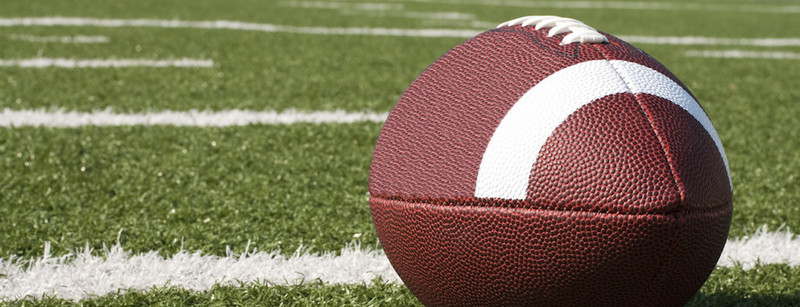For the past 25 years, The Best American Sports Writing has been published every autumn, recognizing the year’s finest magazine articles and, occasionally, newspaper columns, on sports ranging from basketball to fishing. The 2016 edition, to be released on October 4, highlights the work of 30 journalists.
Twenty-five of them are white men.
In a year in which race and sports have become entwined in the national debate — driven in part by NFL player Colin Kaepernick’s protest of the national anthem — so, too, have race and journalism. As The Undefeated noted, it is perhaps not surprising that the story of Kaepernick’s protest was broken by an African-American reporter, Steve Wyche of the NFL Network.
If part of the goal of The Best American Sports Writing series is to reflect the larger conversation around sports, the lack of work from a single African-American journalist in a year riven by racial tensions is striking. Series editor Glenn Stout referred CJR’s inquiries to Houghton Mifflin Harcourt executive editor Susan Canavan, who oversees the series. Canavan told CJR that the editors tried to be mindful of inclusion, but that the ultimate criteria is which pieces provoked the most conversation and were simply the best journalism. Any lack of diversity in the selection, she said, “is sort of a larger portrait of the industry and who’s doing the writing.”
“That’s the industry I work in,” said Greg Howard of The New York Times, when asked about his response to the writers chosen. “I’d be more surprised if there was more of an inclusion of women or people of color.”
Howard feels that the demographic makeup of the press box, especially in covering sports where a majority of the athletes are black, influences the stories that get written and the ways in which they are communicated. “You see it in the types of stories that are being told, and how we talk about diverse athletes, and how we talk about the worth of these young people of color that we’re covering,” he said.
That’s the industry I work in. I’d be more surprised if there was more of an inclusion of women or people of color.
The Best American Sports Writing series was launched in 1991, and has been edited since its inception by Stout. Each year, he selects up to 100 pieces of journalism related to sports and presents them blind – with the name of both author and publication removed – to a member of the sports media serving as that edition’s guest editor, who then curates the list to around two dozen pieces. This year’s guest editor, Rick Telander of the Chicago Sun-Times, shares with 22 of his 24 predecessors the qualities of being both an excellent journalist and a white man.
This over-representation is not unique to The Best American Sports Writing. The most recent Associate Press Sports Editors Racial and Gender Report Card, which evaluates the sports desks of over 100 newspapers and websites, found that 92 percent of sports editors, 84 percent of columnists, and 85 percent of reporters were white. The number of men in the field was similar, with males holding more than 85 percent of the jobs in each of these positions.
For young women and people of color considering entering journalism, those numbers can be daunting. “There’s this cliché that you have to see it to be it,” ESPN’s Jane McManus said. She remembered getting copies of The Best American Sports Writing for Christmas and being disappointed not to see the names of many of the female journalists she looked up to. “If you don’t somehow see yourself reflected in these accolades then you might get the impression that there’s not a big spot carved out for you.”
Tomás Ríos, senior sports editor for Vocative and formerly of Vice Sports and Sports on Earth, agreed. “I think that a lot of people look at the industry and they don’t see themselves represented,” Ríos said. “It’s difficult for the mind to conceive of oneself joining that industry and being accepted.”
Speaking about the selections for this year’s edition of The Best American Sports Writing, Ríos said, “I think the point here is that the traditional white male club of sports journalism leads to recognizing the work of your peers; those are their peers.”
Looking back at past editions of the anthology shows that this year is not an outlier in terms of the number of women and journalists of color selected. Even in 2011 and 2012, when the guest editors were Michael Wilbon and Jane Leavy, respectively, the proportions remained much the same.
Having journalists sensitive to issues of race and gender is vital for any newsroom. But having diverse editors and managers may be even more important. Gregory Lee, the former president of the National Association of Black Journalists and current editorial director at NBA.com, has risen through the industry, but recognizes that there is still a lack of women and people of color in positions of power.
“Until people are in leadership positions where they understand these issues and address them, we’re going to continue to have these problems,” Lee said. “Part of the problem is that to write the type of pieces that qualify for Best American Sports Writing, you have to be in a position to do that type of work. [People of color and women] just aren’t in those positions. It’s a microcosm of our industry.”
Pete Vernon is a former CJR staff writer. Follow him on Twitter @ByPeteVernon.

